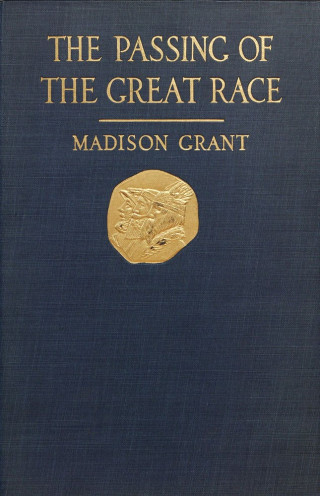“There is an old immigrant saying translated into many languages that goes, ‘America beckons, but Americans repel,’” says Alan Kraut, a professor of history at American University in Washington, D.C. The political debate today over the flow of immigrants through U.S. borders merits a look back to 100 years ago, when Congress overrode a presidential veto to pass the Immigration Act of 1917, the most sweeping version of that type of legislation the country had ever created.
The United States has always grappled with how to promote pluralism and protect its citizens at the same time—and the fight from a century ago was no different.
In the years leading up to the act, millions of immigrants from Europe poured into the U.S., with 1.3 million passing through Ellis Island in 1907 alone. During that period, the immigrants filled gaps in the nascent industrial economy, making up the majority of workers in Pennsylvania coal fields, Chicago stockyards and New York garment factories. But Congress, acting upon decades of xenophobic and economic concerns and the emergent “science” of eugenics, saw the matter differently. It had attempted to pass laws curbing the flow from Europe numerous times; an English literacy test component actually passed in the House on five occasions and the Senate on four, but was twice vetoed by Presidents Cleveland and Taft. The test was a part of the 1917 act, as was the expansion of an “undesireable” list that included epileptics and political radicals. The act also levied an $8 tax on every adult immigrant (about $160 today) and barred all immigrants from the “Asiatic zone.”
Congress voted to override President Wilson's veto of the act in 1916. Wilson himself was ambivalent on immigration, having earlier said, “We are going to keep our doors wide open so that those who seek this thing from the ends of the earth may come and enjoy it.” But he also agreed with some provisions of the act, and found fault mainly in one aspect of the bill, “I cannot rid myself of the conviction that the literacy test constitutes a radical change in the policy of the Nation which is not justified in principle.”
Alabama congressman John L. Burnett, who was chairman of the House Committee on Immigration and Naturalization, reintroduced the literacy component of the bill multiple times. Burnett also made up part of the Dillingham Commission, a four-year investigation of immigration that ended in 1911 and concluded immigrants from southern and eastern Europe posed a serious threat to American society.

